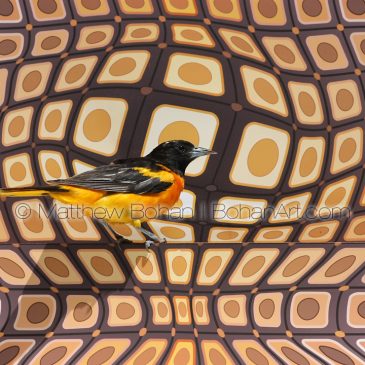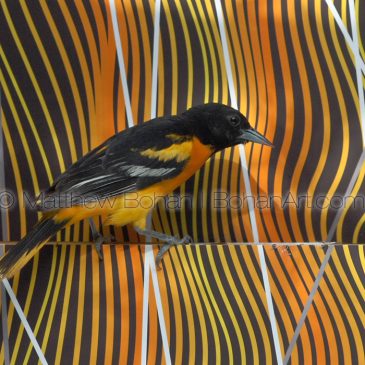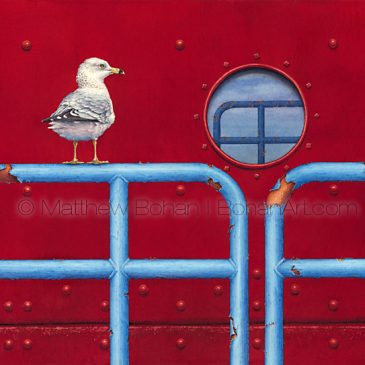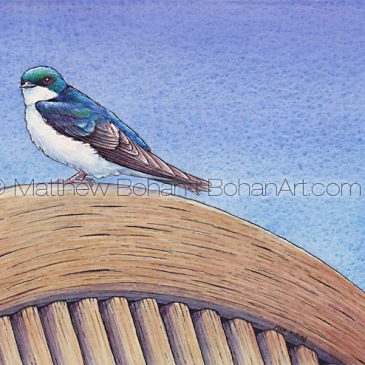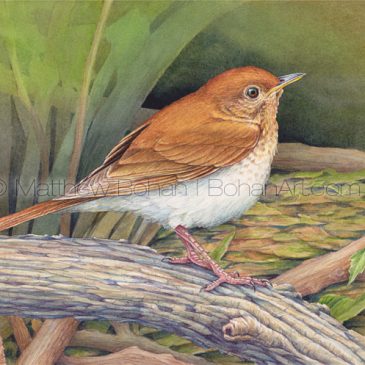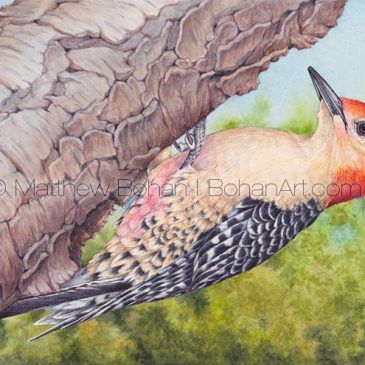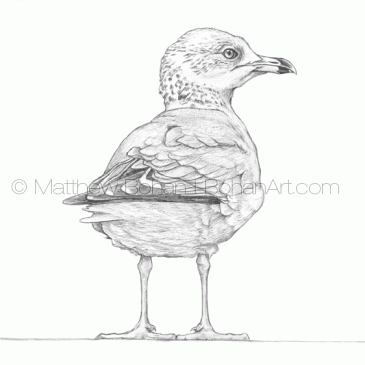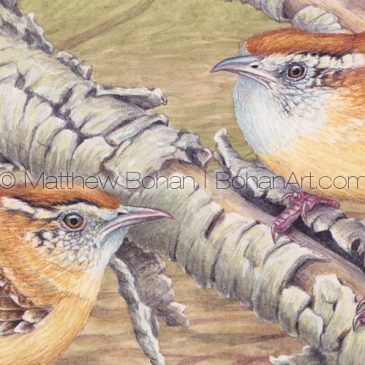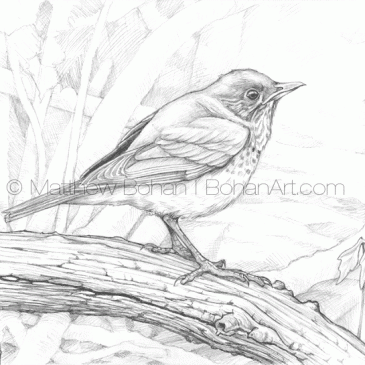Op Art Birds II
It’s time for some more op-art* bird photos. These are Victor Vasarely-inspired designs. Like the previous images, these are straight-on photos of birds on an op-art bird feeder… without any Photoshop trickery. Previous photos can be seen at https://blog.bohanart.com/2017/06/op-art-birds/. I … Continued
Op Art Birds
I’ve hit a slow patch with freelance work, so I’ve had some extra time to put into several projects that have been on the back burner for a while. These photos are the result of one of those projects. When I … Continued
Red, White and Blue (Immature Ring-billed Gull)
I used to do a lot of larger watercolors, usually in the 18 x 24-inch format but once working 18 x 72 inches! Later I switched to smaller pieces, when we had kids. My theory was that it would allow me … Continued
Tree Swallow Transparent Watercolor & Time-Lapse Video
This was a quick watercolor-and-ink painting. I had been concentrating on doing highly rendered watercolor paintings for a while and thought it would be fun to whip off a less-detailed, quick, inked piece with bragged-up colors. This Tree Swallow was … Continued
Veery Transparent Watercolor & Time-Lapse Video
This Veery painting is another transparent watercolor on Arches 140lb Hot Press paper. I’ve been teaching a watercolor course this year for a small group of homeschoolers. It’s been fun to watch the kids’ progress. They have produced a lot of … Continued
Red-bellied Woodpecker Transparent Watercolor and Time Lapse Video
It’s taken me a while to post this painting, my first of 2017. Don’t worry, I’ve been hard at work and very productive, but posting completed projects has been neglected. This Red-bellied Woodpecker was fun to paint. Using a 400mm lens I … Continued
Fall Northern Cardinal Transparent Watercolor & Time-Lapse Video
Everyone seems to like cardinals. I think the only time I wasn’t happy to see one was when I was birding in Hawaii, where they are an invasive species. This was an unusual painting for me. Anyone looking at my portfolio … Continued
Immature Ring-billed Gull Pencil Sketch p74
I haven’t painted many gulls. Only two come to mind, Herring Gull and Ring-billed Gull. Ring-billed Gulls are almost dirt common. I’ve heard them called rats with wings. Despite some of their less appealing behaviors, I really like Ring-billed Gulls. I … Continued
Carolina Wrens: 7×10-inch Transparent Watercolor and Time-lapse Video
Carolina Wrens are fun little birds. They seem to be clever. My office and studio are in the basement of our house. It’s a nice space with one drawback: I have a only a small window well for natural light. I … Continued
Veery Pencil Sketch p73
Who could possibly pick a favorite type of thrush? I love them all. Veery are especially pretty and have a beautiful call to match. If Mozart were a bird, he’d have to be a thrush. Veery have a musical descending … Continued

